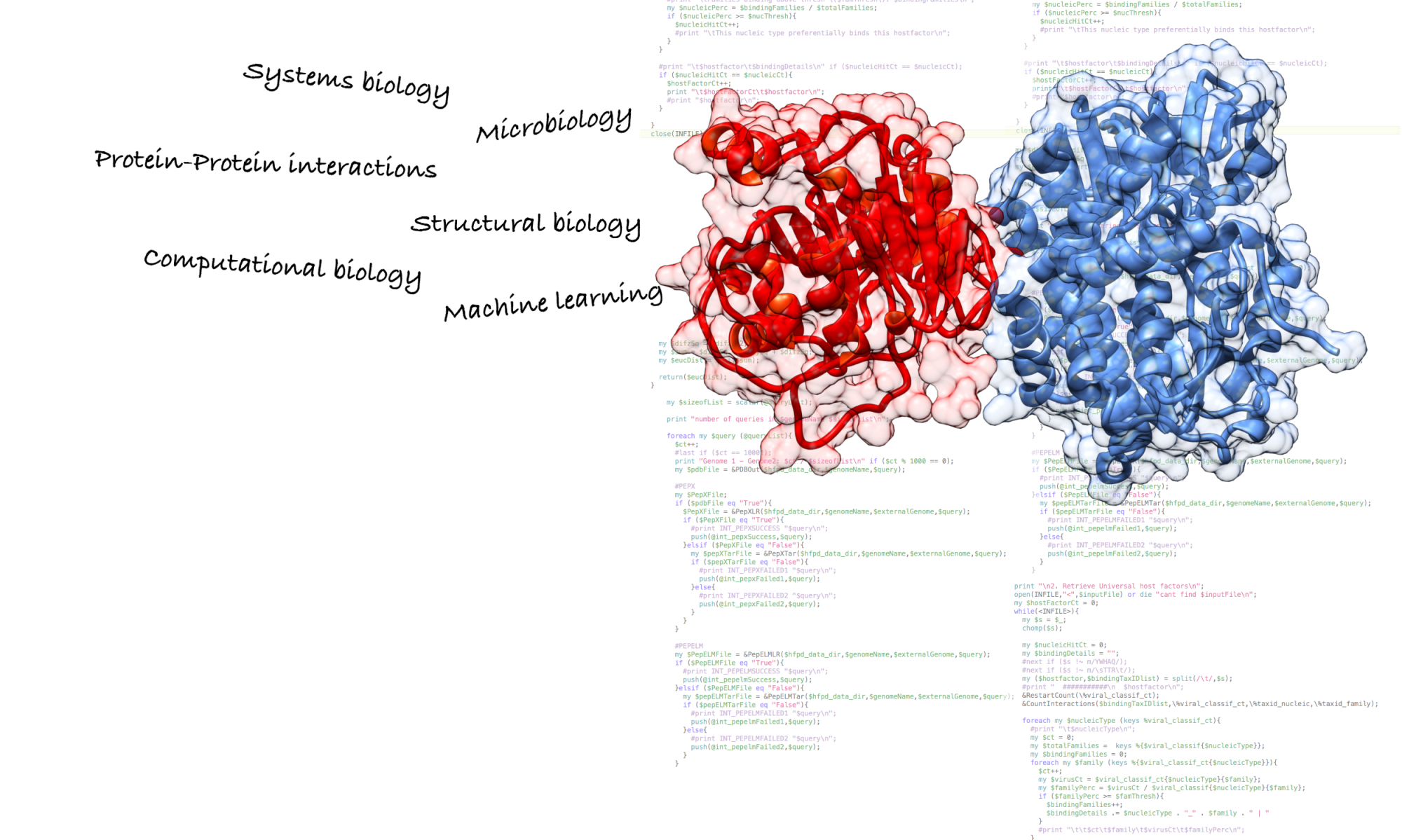The tumor suppressor p53, also known as “the guardian of the genome”, is a multifunctional protein that plays a central role in maintaining genomic integrity. The p53 pathway responds to cellular stresses related to DNA damage, which ultimately activate p53 as a transcription factor. The final goal of this pathway is to avoid passing the damaged DNA onto the next generation of cells. In order to achieve this p53 can activate three different biological responses: cell-cycle arrest, senescence or apoptosis. Disruption of this pathway occurs in a wide variety of cancers.
P53 is a homotetramer of 393 residues per monomer. The DNA binding domain (DBD) and the tetramerization domain (TET) are the only folded domains found in p53. The high prevalence of disordered domains, along with its intrinsic instability, has impeded structural studies on full length p53. Therefore only the TET and DBDs have been solved by X-ray crystallography. Structural studies suggest that DBDs can assemble in alternative arrangements leading to different binding affinities and a diferential transcriptional profile of the p53-regulated genes, which ultimately leads to a particular the biological response (cell-cycle arrest, senescence or apoptosis). Many factors contribute to the regulation of p53 and its decision upon the biological response, which is ultimately : stress signal, p53 RE sequence, post-translational modifications, nuclear localization and cofactors among others.
Here, I applied cryoEM to understand how the conformational variability of p53 can dictate the biological outcome upon activation (cell cycle arrest, senescence or apoptosis) and also performed a sequence-based analysis to predict potential regulators of p53 binding to its c-term through an acidic domain.
Publications related to this project:
- Melero R, Rajagopalan S, Lázaro M, Joerger AC, Brandt T, Veprintsev DB, Lasso G, Gil D, Scheres SH, Carazo JM, Fersht AR, Valle M (2011). Electron microscopy studies on the quaternary structure of p53 reveal different binding modes for p53 tetramers in complex with DNA. Proc. Natl. Acad. Sci. U S A. 108(2):557-62.
- Wang D, Kon N, Lasso G, Jiang L, Leng W, Zhu WG, Qin J, Honig B, Gu W. (2016) Acetylation-regulated interaction between p53 and SET reveals a widespread regulatory mode. Nature Oct 6;538(7623):118-122.
